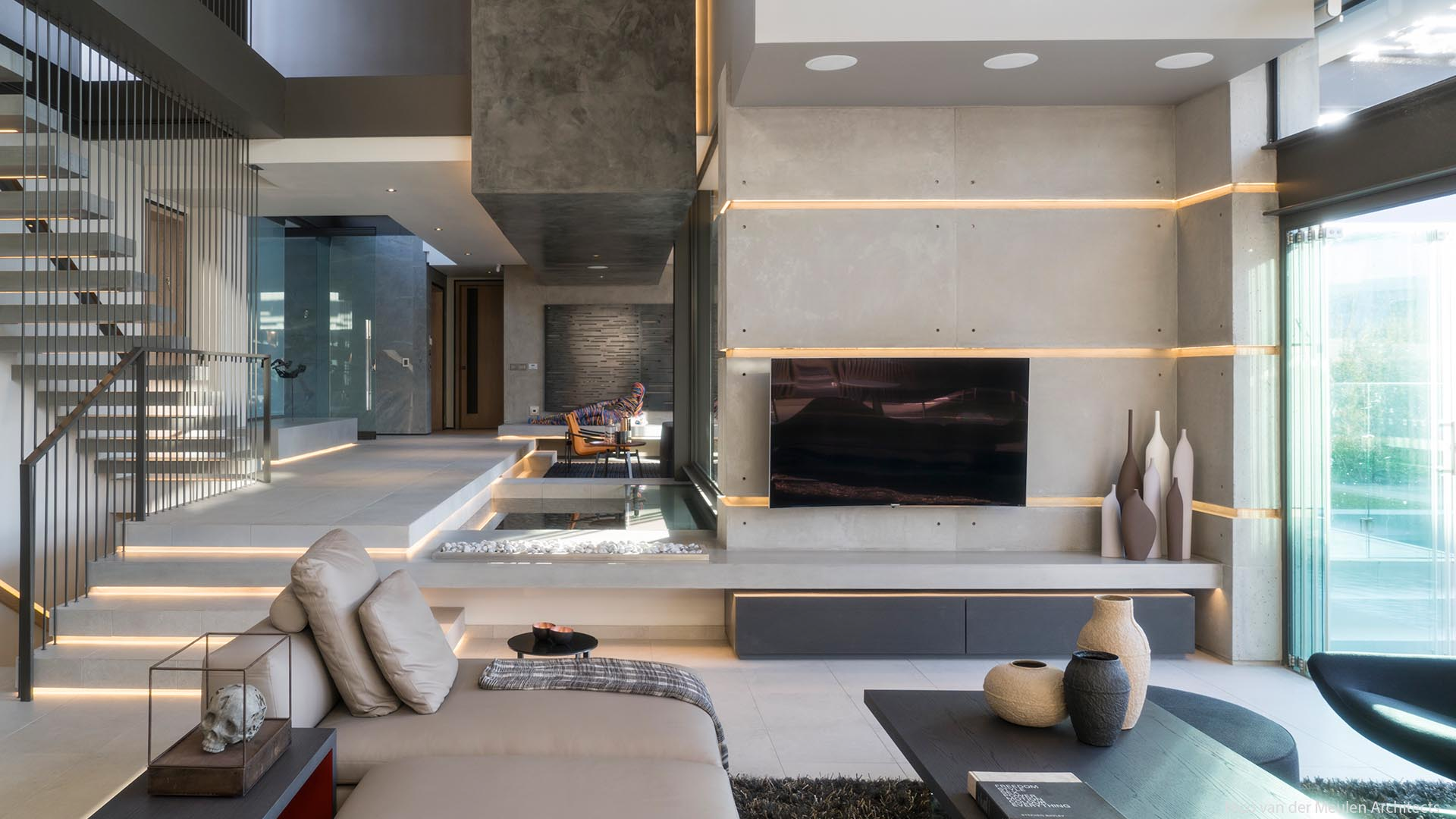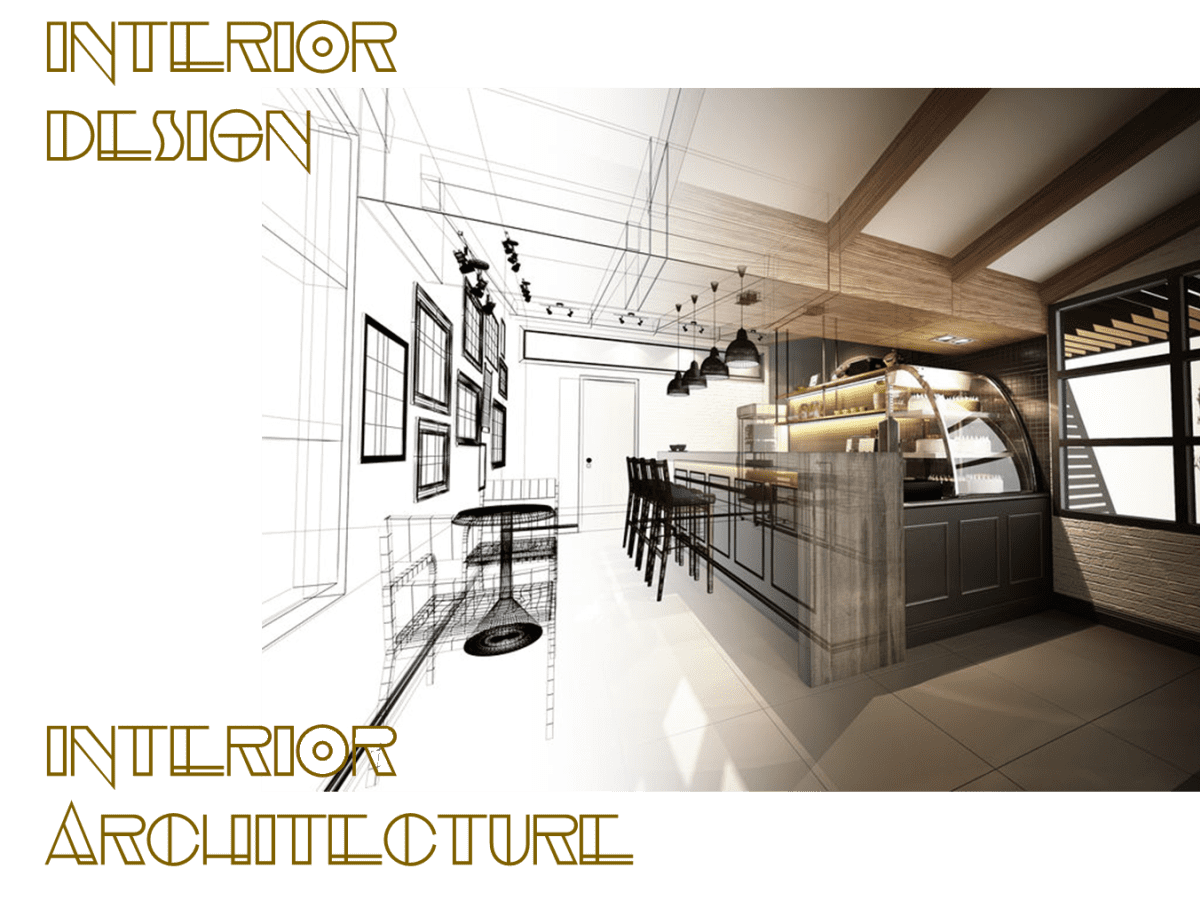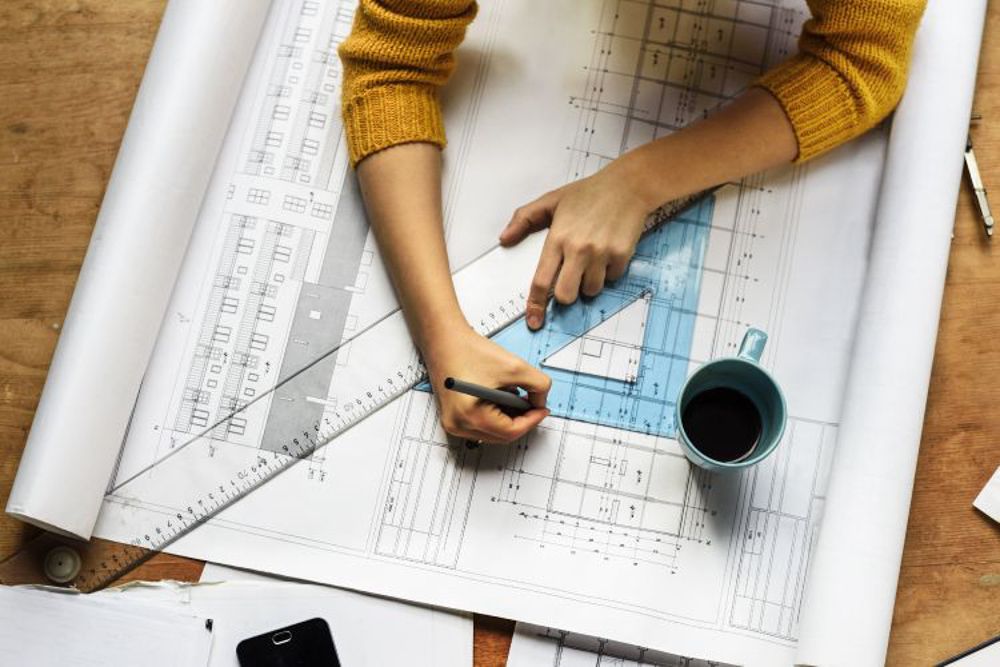The Art of Equilibrium: Just How Interior Design and Home Architect Collaborate for Stunning Results
In the realm of home design, striking an equilibrium in between appearances and functionality is no small feat. This delicate balance is achieved through the unified partnership between indoor designers and architects, each bringing their unique expertise to the table. Keep with us as we discover the complexities of this joint process and its transformative effect on home style.
Comprehending the Core Differences Between Inside Style and Home Architecture
While both Interior Design and home style play crucial functions in creating aesthetically pleasing and useful areas, they are inherently various self-controls. Home style mostly concentrates on the structural facets of the home, such as developing codes, safety laws, and the physical building of the space. It manages the 'bones' of the framework, working with spatial measurements, bearing walls, and roof styles. On the other hand, Interior Design is more concerned with improving the sensory and aesthetic experience within that structure. It includes choose and organizing furnishings, choosing color design, and incorporating decorative aspects. While they work in tandem, their duties, responsibilities, and locations of knowledge deviate considerably in the production of a harmonious home atmosphere.
The Harmony Between Home Style and Interior Decoration
The harmony in between home style and Interior Design depends on a common vision of layout and the enhancement of functional looks. When these 2 fields align sympathetically, they can change a living space from regular to amazing. This cooperation calls for a much deeper understanding of each discipline's principles and the ability to produce a cohesive, visually pleasing atmosphere.
Unifying Style Vision
Merging the vision for home architecture and indoor style can develop a harmonious living space that is both useful and visually pleasing. It advertises a synergistic strategy where architectural components complement indoor design parts and vice versa. Thus, unifying the layout vision is essential in mixing architecture and interior layout for spectacular outcomes.
Enhancing Functional Aesthetics
Just how does the synergy between home style and Interior Design boost functional aesthetics? This synergy allows the creation of areas that are not only visually enticing however likewise comfortably functional. Engineers lay the foundation with their architectural design, making sure that the room is reliable and practical. The indoor developer then complements this with very carefully picked elements that enhance the aesthetic appeals without compromising the performance. This unified cooperation can cause homes that are both gorgeous and liveable. As an example, an engineer could design a home with big home windows and high ceilings. The indoor developer can after that emphasize these attributes with high plants and large drapes, respectively, therefore improving the aesthetic appeal while keeping the useful advantages of natural light and spaciousness.
Relevance of Partnership in Creating Balanced Spaces
The collaboration in between interior developers and designers is pivotal in developing balanced rooms. It brings consistency in between style and architecture, bring to life spaces that are not just cosmetically pleasing however likewise practical. Discovering successful joint methods can offer understandings into exactly how this synergy can be successfully achieved.
Balancing Layout and Design
Balance, a vital facet of both Interior Design and design, can just image source really be accomplished when these 2 fields operate in consistency. This harmony is not simply a visual consideration; it impacts the capability, toughness, and inevitably, the livability of a space. Interior developers and architects must comprehend each various other's duties, respect their experience, and communicate efficiently. They need to consider the interplay of architectural components with decor, the flow of areas, and the effect of light and shade. This joint procedure causes a cohesive, balanced design where every aspect has a function and adds to the total aesthetic. For that reason, balancing style and design is not just regarding producing lovely rooms, yet concerning crafting rooms that function flawlessly for their inhabitants.
Effective Collective Techniques

Case Researches: Successful Assimilation of Style and Architecture
Examining numerous study, it comes to be obvious just how the successful assimilation of Clicking Here Interior Design and style can change an area. The Glass House in Connecticut, renowned for its minimalistic sophistication, is one such example. Engineer Philip Johnson and interior developer Mies van der Rohe collaborated to develop a harmonious equilibrium between the framework and the inside, resulting in a smooth circulation from the exterior landscape to the internal living quarters. One more prototype is the Fallingwater House in Pennsylvania. Designer Frank Lloyd Wright and indoor designer Edgar Kaufmann Jr.'s collective initiatives result in a strikingly unique home that mixes with its natural environments. These instance studies highlight the extensive impact of a successful style and architecture collaboration.

Getting Over Difficulties in Design and Style Partnership
Despite the indisputable advantages of a successful cooperation between Interior Design and architecture, it is not without its obstacles. Communication concerns can occur, as both events may make use of various terms, understandings, and techniques in their work. This can cause misconceptions and delays in task completion. One more major difficulty is the harmonizing act of aesthetic appeals and performance. Engineers may prioritize structural honesty and security, while designers concentrate on comfort and design. The assimilation of these objectives can be intricate. Additionally, budget and timeline constraints frequently include pressure, possibly triggering rifts in the cooperation. Reliable interaction, mutual understanding, and compromise are vital to get over these challenges and accomplish a unified and effective cooperation.

Future Fads: The Developing Partnership Between Home Architects and Inside Designers
As the globe of home layout remains to advance, so does the relationship in between architects and interior developers. The trend leans towards a more incorporated and collaborative method, damaging free from standard duties. Architects are no longer only concentrated on structural honesty, but likewise take part in enhancing aesthetic charm - Winchester architect. Alternatively, indoor designers are embracing technical elements, affecting general layout and performance. This progressing synergy is driven by advancements in technology and the growing demand for areas that are not just aesthetically pleasing yet lasting and likewise functional. The future assures an extra natural, cutting-edge, and flexible strategy to home design, as developers and engineers proceed to obscure the lines, cultivating a relationship that truly embodies the art of equilibrium.
Final thought
The art of balance in home style is achieved with the harmonious partnership in between interior designers and architects. Despite obstacles, this partnership fosters development and innovation in layout.
While both interior layout and home style play crucial functions try this website in producing aesthetically pleasing and useful areas, they are inherently various self-controls.The synergy between home architecture and interior design lies in a shared vision of style and the improvement of functional aesthetics.Combining the vision for home design and indoor style can produce an unified living area that is both useful and cosmetically pleasing. Therefore, unifying the layout vision is essential in mixing style and interior design for sensational outcomes.
Just how does the harmony between home architecture and interior style boost useful visual appeals? (Winchester architect)